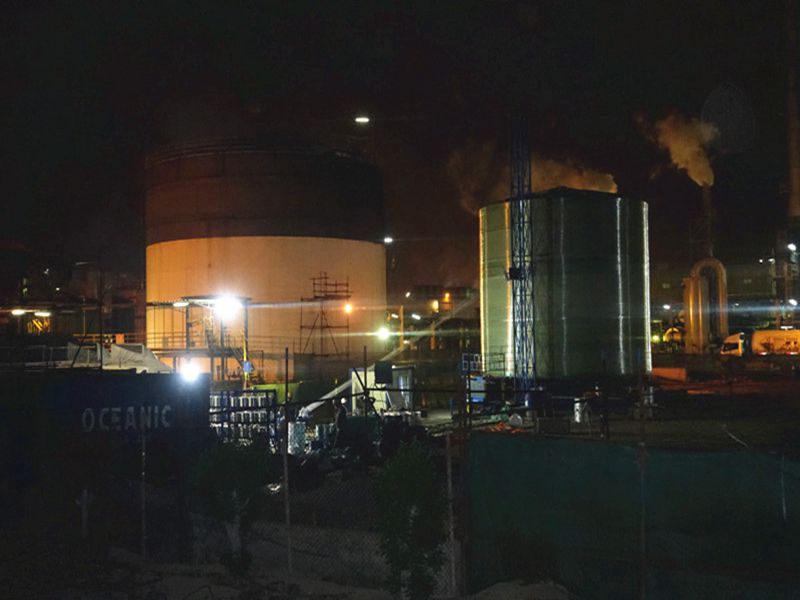
-
 Afrikaans
Afrikaans -
 Albanian
Albanian -
 Amharic
Amharic -
 Arabic
Arabic -
 Armenian
Armenian -
 Azerbaijani
Azerbaijani -
 Basque
Basque -
 Belarusian
Belarusian -
 Bengali
Bengali -
 Bosnian
Bosnian -
 Bulgarian
Bulgarian -
 Catalan
Catalan -
 Cebuano
Cebuano -
 China
China -
 China (Taiwan)
China (Taiwan) -
 Corsican
Corsican -
 Croatian
Croatian -
 Czech
Czech -
 Danish
Danish -
 Dutch
Dutch -
 English
English -
 Esperanto
Esperanto -
 Estonian
Estonian -
 Finnish
Finnish -
 French
French -
 Frisian
Frisian -
 Galician
Galician -
 Georgian
Georgian -
 German
German -
 Greek
Greek -
 Gujarati
Gujarati -
 Haitian Creole
Haitian Creole -
 hausa
hausa -
 hawaiian
hawaiian -
 Hebrew
Hebrew -
 Hindi
Hindi -
 Miao
Miao -
 Hungarian
Hungarian -
 Icelandic
Icelandic -
 igbo
igbo -
 Indonesian
Indonesian -
 irish
irish -
 Italian
Italian -
 Japanese
Japanese -
 Javanese
Javanese -
 Kannada
Kannada -
 kazakh
kazakh -
 Khmer
Khmer -
 Rwandese
Rwandese -
 Korean
Korean -
 Kurdish
Kurdish -
 Kyrgyz
Kyrgyz -
 Lao
Lao -
 Latin
Latin -
 Latvian
Latvian -
 Lithuanian
Lithuanian -
 Luxembourgish
Luxembourgish -
 Macedonian
Macedonian -
 Malgashi
Malgashi -
 Malay
Malay -
 Malayalam
Malayalam -
 Maltese
Maltese -
 Maori
Maori -
 Marathi
Marathi -
 Mongolian
Mongolian -
 Myanmar
Myanmar -
 Nepali
Nepali -
 Norwegian
Norwegian -
 Norwegian
Norwegian -
 Occitan
Occitan -
 Pashto
Pashto -
 Persian
Persian -
 Polish
Polish -
 Portuguese
Portuguese -
 Punjabi
Punjabi -
 Romanian
Romanian -
 Russian
Russian -
 Samoan
Samoan -
 Scottish Gaelic
Scottish Gaelic -
 Serbian
Serbian -
 Sesotho
Sesotho -
 Shona
Shona -
 Sindhi
Sindhi -
 Sinhala
Sinhala -
 Slovak
Slovak -
 Slovenian
Slovenian -
 Somali
Somali -
 Spanish
Spanish -
 Sundanese
Sundanese -
 Swahili
Swahili -
 Swedish
Swedish -
 Tagalog
Tagalog -
 Tajik
Tajik -
 Tamil
Tamil -
 Tatar
Tatar -
 Telugu
Telugu -
 Thai
Thai -
 Turkish
Turkish -
 Turkmen
Turkmen -
 Ukrainian
Ukrainian -
 Urdu
Urdu -
 Uighur
Uighur -
 Uzbek
Uzbek -
 Vietnamese
Vietnamese -
 Welsh
Welsh -
 Bantu
Bantu -
 Yiddish
Yiddish -
 Yoruba
Yoruba -
 Zulu
Zulu
equipment for mining with fiberglass components
Equipment for Mining with Fiberglass Components
In the ever-evolving world of mining, the pursuit of efficiency and safety is paramount. One innovative trend that has emerged in recent years is the increasing use of fiberglass components in mining equipment. This shift is largely due to the unique properties of fiberglass, which offers a combination of strength, durability, and lightweight characteristics, making it an ideal choice for various applications in the mining industry.
The Advantages of Fiberglass in Mining Equipment
Fiberglass, a composite material made from fine glass fibers, is renowned for its resistance to corrosion. Unlike metal components that are prone to rust and degradation when exposed to harsh environmental conditions, fiberglass does not corrode. This feature is particularly beneficial in mining operations, where equipment is often subjected to moist and chemical-laden environments. By utilizing fiberglass in critical components, mining companies can minimize maintenance costs and extend the lifespan of their equipment.
Another significant advantage of fiberglass is its lightweight nature. Mining operations often require heavy and bulky machinery. The integration of fiberglass components can significantly reduce the overall weight of the equipment, leading to improved fuel efficiency during transportation and easier handling during machinery installation or repairs. This reduction in weight can also lead to less wear and tear on vehicles, further enhancing cost savings for mining operations.
Applications of Fiberglass in Mining Equipment
Fiberglass is increasingly being incorporated into various types of mining equipment. For instance, fiberglass is used in the construction of conveyor belts, which are essential for transporting materials from one point to another within a mine. The strength and flexibility of fiberglass allow for the creation of durable and efficient conveyor systems that can handle heavy loads and withstand the demanding conditions of a mining environment.
equipment for mining with fiberglass components

Additionally, fiberglass is utilized in the manufacturing of protective casings and covers for mining machinery. These components provide shielding from external elements, ensuring that the internal mechanisms of the equipment remain unhindered by dust, moisture, or chemicals. The use of fiberglass not only enhances the durability of these protective parts but also contributes to worker safety by reducing the risk of accidents caused by equipment failure.
Environmental Considerations
As the mining industry faces increasing scrutiny regarding its environmental impact, the adoption of fiberglass components also presents an eco-friendly alternative. Fiberglass is designed to endure the rigors of mining without breaking down or releasing harmful substances into the environment. Moreover, its longevity contributes to reducing waste, as mining companies are less likely to dispose of corroded or damaged equipment.
Furthermore, many manufacturers are adopting sustainable practices in producing fiberglass, including recycling and reducing the environmental footprint of their operations. This aligns well with the growing trend towards sustainable mining practices, making fiberglass an attractive choice for modern mining companies looking to enhance their green credentials.
Conclusion
The integration of fiberglass components in mining equipment represents a significant advancement in the industry. By leveraging the unique properties of fiberglass—its corrosion resistance, lightweight nature, and durability—mining operations can achieve higher efficiency and safety while also being mindful of environmental considerations. As the industry continues to innovate, the future of mining equipment is likely to be shaped by materials like fiberglass, offering a promising pathway towards more sustainable and effective mining practices. This adaptation not only enhances operational performance but also addresses the critical needs of safety and environmental stewardship within the mining sector.
Latest news
-
Exploring the Benefits of Top Hammer Drifter Rods for Enhanced Drilling PerformanceNewsJun.10,2025
-
High-Precision Fiberglass Winding Machine for GRP/FRP Pipe Production – Reliable & Efficient SolutionsNewsJun.10,2025
-
FRP Pipes & Fittings for Shipbuilding - Corrosion-Resistant & LightweightNewsJun.09,2025
-
Premium FRP Flooring Solutions Durable & Slip-ResistantNewsJun.09,2025
-
Premium Fiberglass Rectangular Tanks Durable & Lightweight SolutionNewsJun.09,2025
-
Tapered Drill String Design Guide Durable Performance & UsesNewsJun.09,2025









